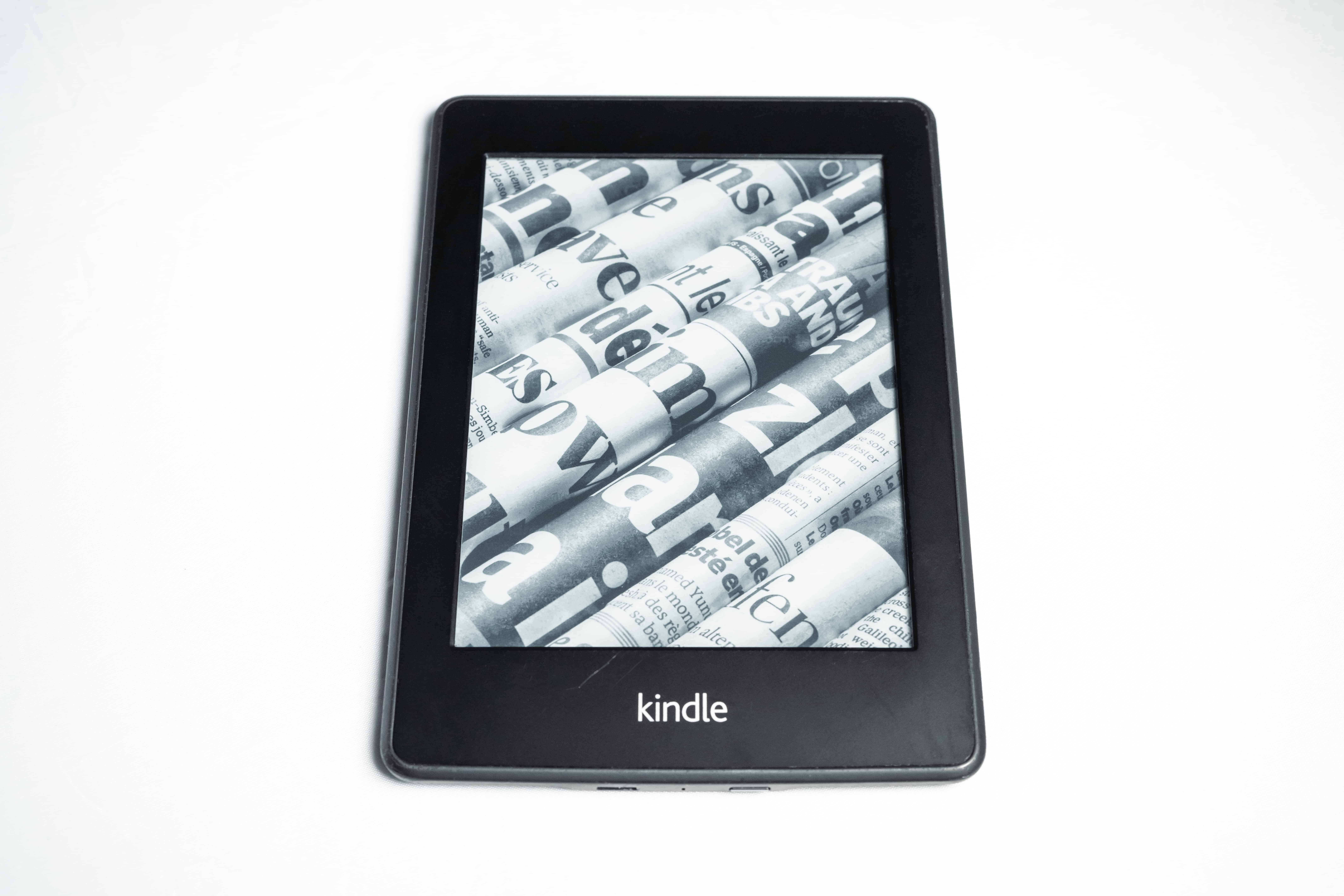In recent years, travelers have turned to technology to keep track of their belongings during flights. Apple’s AirTags, introduced in 2021, offer an effective solution for locating misplaced items, sparking interest in their potential use for tracking checked luggage.
As you prepare for your next flight, you might be wondering if it’s permissible to place an AirTag in your checked baggage.
The Federal Aviation Administration (FAA) has confirmed that AirTags can be used in luggage, provided they meet specific requirements.
So, when packing your bags, you can have peace of mind knowing that your trusty AirTag can accompany your valuables on your journey.

Airtags in Checked Baggage
Airline Policies
When it comes to using AirTags in your checked baggage, airline policies can vary. Some airlines, such as Lufthansa, briefly banned AirTags in checked luggage before reversing their decision. It is best to check with your specific airline for their policy on AirTags in checked baggage.
FAA and EASA Regulations
The Federal Aviation Administration (FAA) has confirmed that AirTags are safe and legal to be placed in checked luggage. They have specified that luggage tracking devices powered by lithium metal cells with 0.3 grams or less of lithium can be used in checked baggage. Fortunately, Apple AirTags meet this threshold.
The European Aviation Safety Agency (EASA) has similar regulations regarding lithium batteries in checked baggage. As AirTags comply with FAA regulations, they should also meet EASA requirements.
Remember, when using AirTags in your checked luggage, it is essential to consider both airline policies and aviation safety regulations. By doing so, you can ensure a hassle-free travel experience with the peace of mind of knowing your luggage’s location.
Precision Finding and Tracking Capabilities
Thanks to Precision Finding, your AirTag can help locate your luggage with impressive accuracy. This feature works on iPhone 11 and 12 series.
Using Find My Network, your AirTag leverages millions of Apple devices to help track your luggage. It works even when your bag is out of your device’s Bluetooth range.
Keep in mind, however:
-
Precision Finding will not track your bag through airport conveyor belt systems. Airport workers with iPhones nearby might not be enough for accurate tracking.
-
The FAA officially confirmed that AirTags, which meet the required criteria of having 0.3 grams or less of lithium, can be safely placed in checked luggage.
Incorporating an AirTag into your luggage can save time and frustration, ensuring your items’ whereabouts. Secure your belongings and travel with confidence.
Safety Concerns and Battery Specifications
Lithium Metal Cells and Batteries
AirTags use lithium metal cells, which have different restrictions for air travel compared to rechargeable lithium-ion battery packs. Airlines have banned lithium-ion battery packs from checked luggage, but this does not apply to single-use batteries like those in AirTags. The Federal Aviation Administration (FAA) confirms that AirTags are allowed in checked luggage if they have 0.3 grams of lithium or less.
Safe Travel Guidelines
To ensure safety during travel, follow the FAA guidelines for transporting AirTags in your checked baggage. Place your AirTag inside your luggage, protecting it from damage or short circuit. Remember that lithium metal cells have a specific allowance, unlike rechargeable lithium-ion batteries.
Keep abreast of security regulations and avoid potential safety risks by adhering to airline and FAA guidelines when using AirTags to track your checked bags. By following these battery specifications and safety measures, you can travel with peace of mind knowing your luggage is secure.
Alternative Luggage Tracking Devices
Tile
When looking for a luggage tracking device, you can consider Tile. Tile offers a range of tags that work similarly to AirTags. Whether you have an Android or iPhone, Tile is compatible with both, making it a versatile choice for keeping track of your bags.
Tiles come in various shapes and sizes, allowing you to choose the perfect one for your luggage. They offer a reliable connection to your smartphone, ensuring you have a constant update on your baggage’s location.
Smart Luggage
Another option to keep track of your belongings is smart luggage. Some luggage models come with built-in tracking features, allowing you to monitor the whereabouts of your suitcase.
Smart luggage often integrates with specific mobile apps, providing real-time location updates and sometimes, additional security features. Be sure to double-check airline regulations regarding smart luggage, as some restrictions may apply due to batteries in such devices.
Lost Luggage and Prevention
Experiencing lost luggage during your travels can be frustrating. Fortunately, Apple AirTags have emerged as an effective way to track your suitcase and give you peace of mind during your journey.
Attach an AirTag to your luggage before checking it in. This small, silver disc allows you to find your bag using the “Find My” app on your iPhone, which is especially helpful if the airline misplaces it.
However, AirTags may not always help in every situation. Their effectiveness can be limited by factors such as the location of your luggage and the availability of other iPhones nearby to pick up the Bluetooth signal.
Despite these limitations, using AirTags can still offer some support when your luggage is delayed. Airlines are required to compensate passengers for reasonable expenses during a luggage delay, and using an AirTag could help you determine the location of your belongings more accurately.
In busy airports with crowded luggage carousels or offloaded bags, an AirTag can assist you in locating your suitcase. For example, it could reveal if your bag ended up at the oversize baggage counter instead of on the carousel it was supposed to be on.
Remember to follow airline guidelines about the use of AirTags and the placement of the tag on your luggage. With proper use, AirTags can give you more control over your travel experience and help reduce the stress of lost or delayed baggage.
Airtag Functionality and Settings
Turning Off Airtags
To turn off your Apple AirTag, you’ll need to remove the battery by twisting and separating the back cover. Keep in mind that AirTags don’t have an on/off switch like key fobs.
Privacy and Security Features
Your AirTags use the Find My app on your iPhone. This app ensures privacy through end-to-end encryption while tracking your items. You can customize your notifications and settings in the app, making it convenient and secure for tracking your belongings such as checked luggage.
Airline Cases and Guidelines
Lufthansa
Lufthansa, the German airline, has specific guidelines for electronic devices in checked baggage. You should check their website for information on AirTags and similar devices before flying with them.
Federal Aviation Administration
The Federal Aviation Administration (FAA) allows AirTags in checked baggage, as long as the device’s battery has under 0.3g of lithium. This ensures that your baggage can be tracked during your flights.
Additional Information and Resources
According to The Points Guy, the FAA officially confirmed that AirTags are safe and legal to be placed in checked luggage. They meet the lithium metal cell threshold of 0.3 grams or less for luggage tracking devices.
Executive Traveller has reviewed using Apple’s AirTag for tracking checked baggage, highlighting its usefulness for frequent flyers.
AirTags can be a valuable travel accessory for keeping tabs on your luggage location during trips, providing real-time tracking and peace of mind.
Consider checking social media platforms for real user experiences and tips on using AirTags with luggage, as other travellers may share useful insights.


